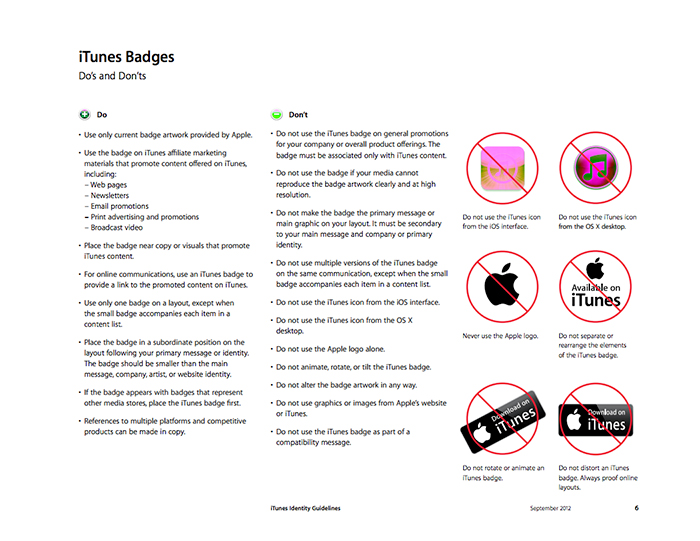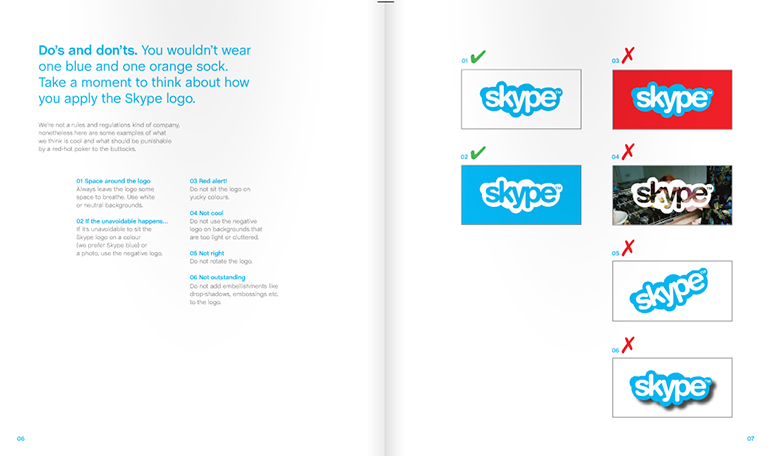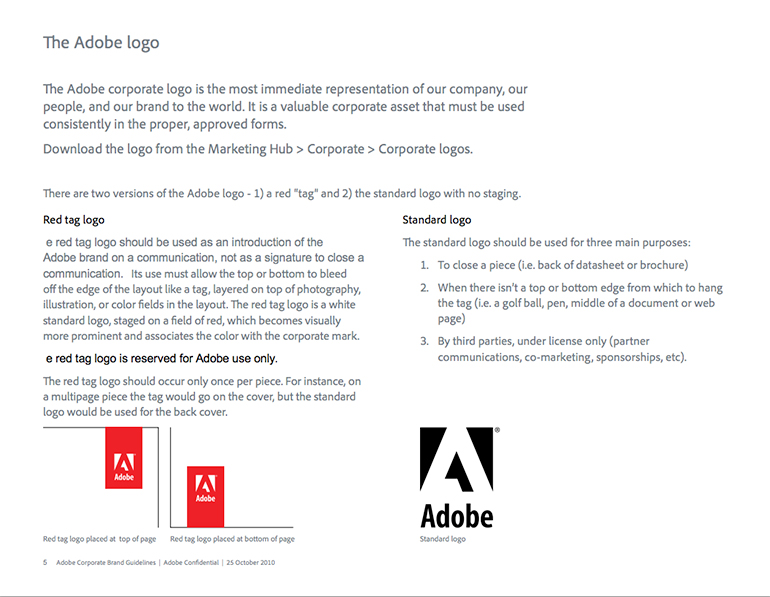Looked after properly, your client database can be one of your most valuable assets, and one of your most powerful marketing tools. It can be essential when it comes to fostering relationships with your existing customers, expanding your business with repeat sales, and keeping track of new leads and potential clients.
Given all these wonderful possibilities, it is vital that you don't let your client database waste away, gathering mothballs in the corner. Regardless of whether you use it for eNewsletters, event invitations, or for addressing Christmas cards, it's vital that your client database is always as up to date as possible, and contains relevant, specific notes.
Keep Your Information Simple
One of the best ways to ensure that you keep your client database up to date is to make it simple to manage, right from the word go. Avoid including unnecessary information when you first establish your database. The more information fields you have to complete and update, the more likely it is that you won’t. For instance, if you haven’t had a fax machine for the last ten years, chances are, you don’t really need to include a field for fax numbers.
Standardise. Standardise. Standardise.
Another tip for setting up your database; make sure that you standardise the all the information it will contain. Establish standard rules and regulations around the formatting of data. For instance, will names be listed as Fred Jones, F. Smith or Smith, Fred? Will phone numbers be expressed as 02 9876 5432 or (02) 9876 5432? These tiny differences may seem insignificant, but they can make a big difference, particularly when it comes to duplicate entries.
Restrict User Access
Depending on how big your company is, restricting user access can make life much easier. If all of your 250 employees can edit the information included within your database, there is simply no way to control accuracy. Instead, make updating data the responsibility of just a handful of people. While all your employees should be able to access the information contained within the database, they shouldn’t all be able to change that information.
Capture Social Media Contact Details
If you haven’t already considered it, then think about capturing social media contact details. With the ever-growing use of social media as a mainstream communication channel, this type of information can be invaluable. So, configure your database to capture Facebook page URLs, Twitter handles, Google+ profile pages, and LinkedIn addresses. That way, next time you are about to email a client, you can take a quick look at their social media accounts, and congratulate them on any recent announcements.
Communicate Regularly
There’s no point in having a client database, and making sure all of the data included within is up-to-date, if you don’t use it. So, make sure that you stay in touch with the clients listed in your database, even if it’s just the occasional friendly message or advice article. Sharing something for nothing can win over the trust of potential leads much more quickly than a hard sell. Invite the people included in your database to touch base with you, or your employees, with their questions and queries. Staying in touch keeps you top of mind, and more likely to win work.
Avoid Constant Selling
While we’re on the topic of touching base with your clients, avoid selling to the contacts in your database all the time. The hard sell gets really old, really fast, particularly these days when people are so commercially savvy. Instead, send your database useful information that informs, educates or entertains.
Undertake Regular Audits
If you want to be 100% certain that your database is chock full of relevant content, then you should undertake regular audits. We suggest doing this at least twice a year. Take the time to filter through, and double check, all the information contained within your database. And, always add a note to every entry indicating the date on which it was last updated. This will save any double-ups. On average, a neglected database is likely to become worthless within three years, particularly given the higher rates of employment turnover these days. So, regular database audits could be an investment that is worth your while in the long run.
Hire a Professional
If all else fails, or if you really don’t have time to go through and manually check every record in your database, then it might be time to call in the professionals. There are plenty of professional data cleaning companies out there; a quick Google search will return plenty of results.



